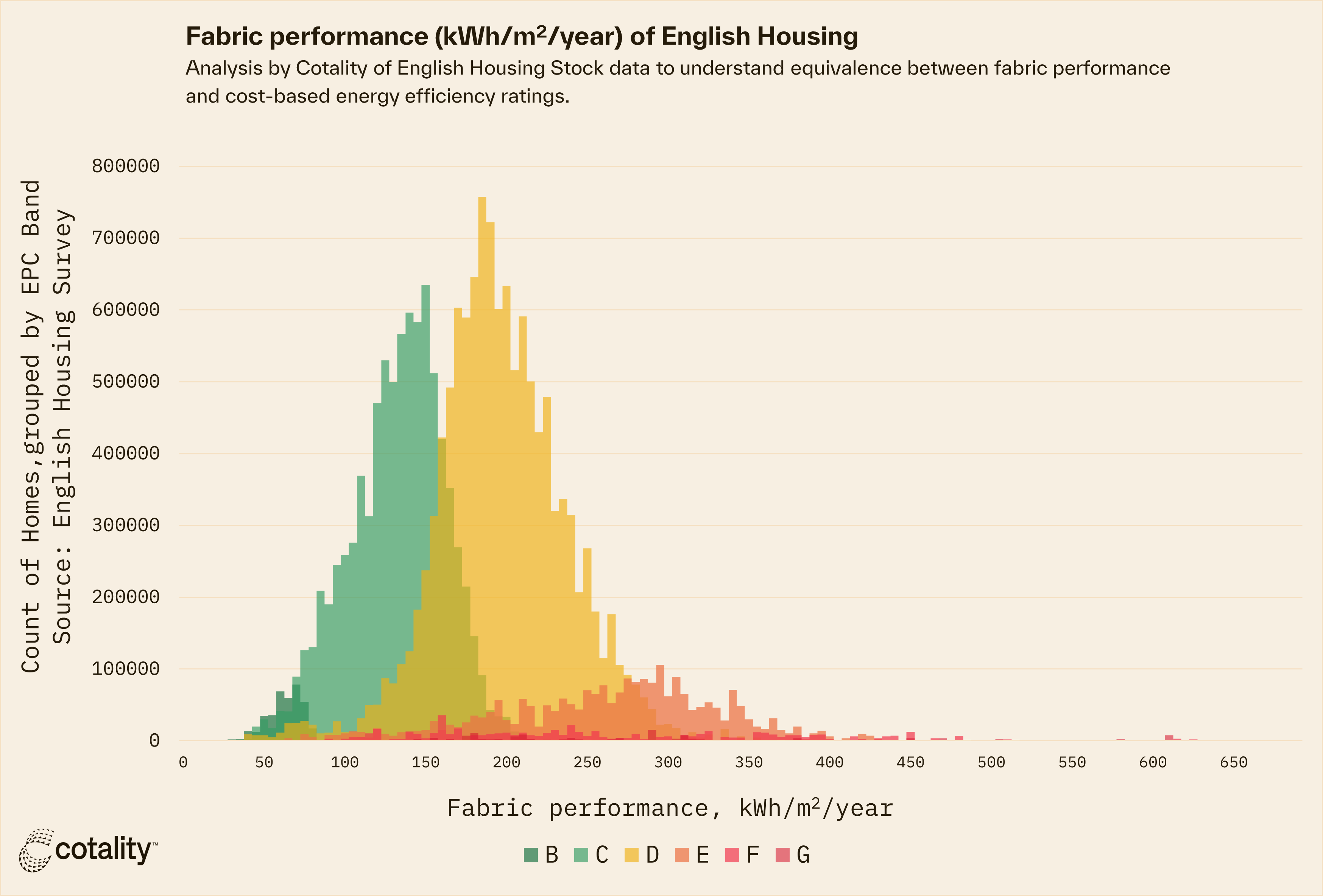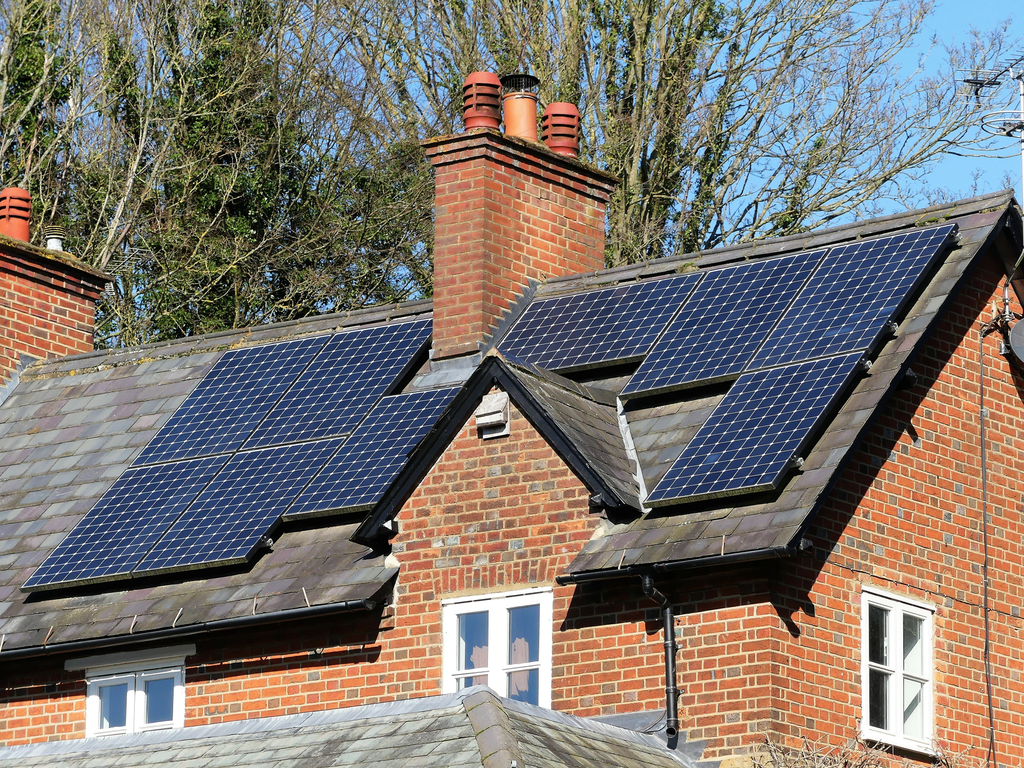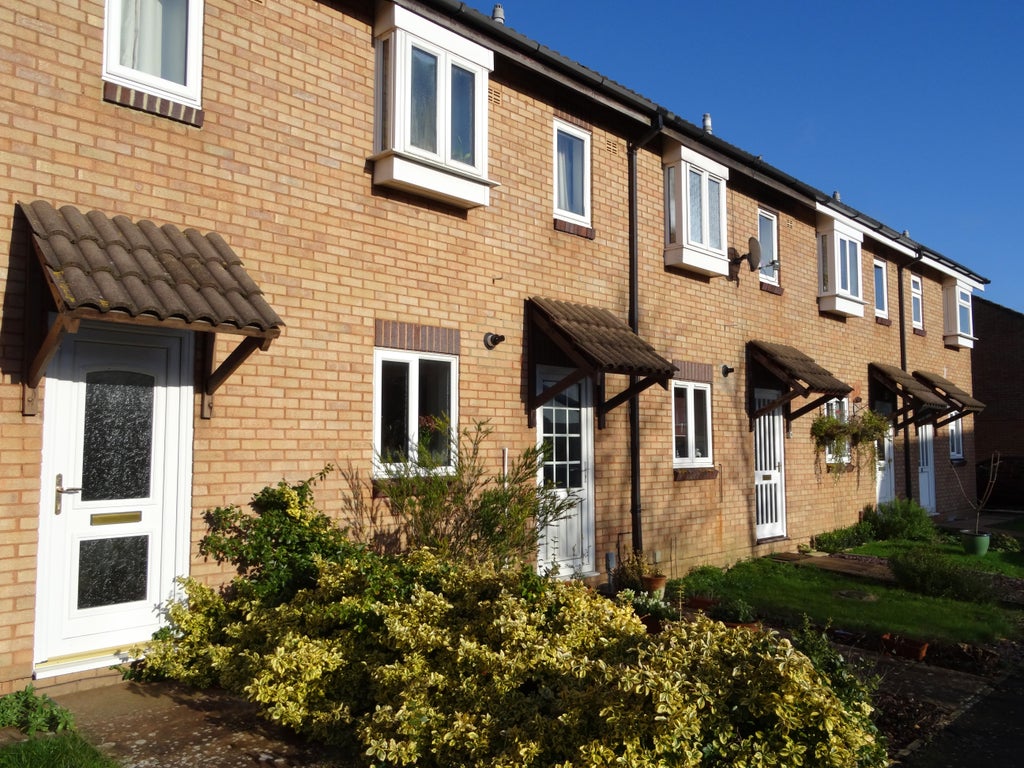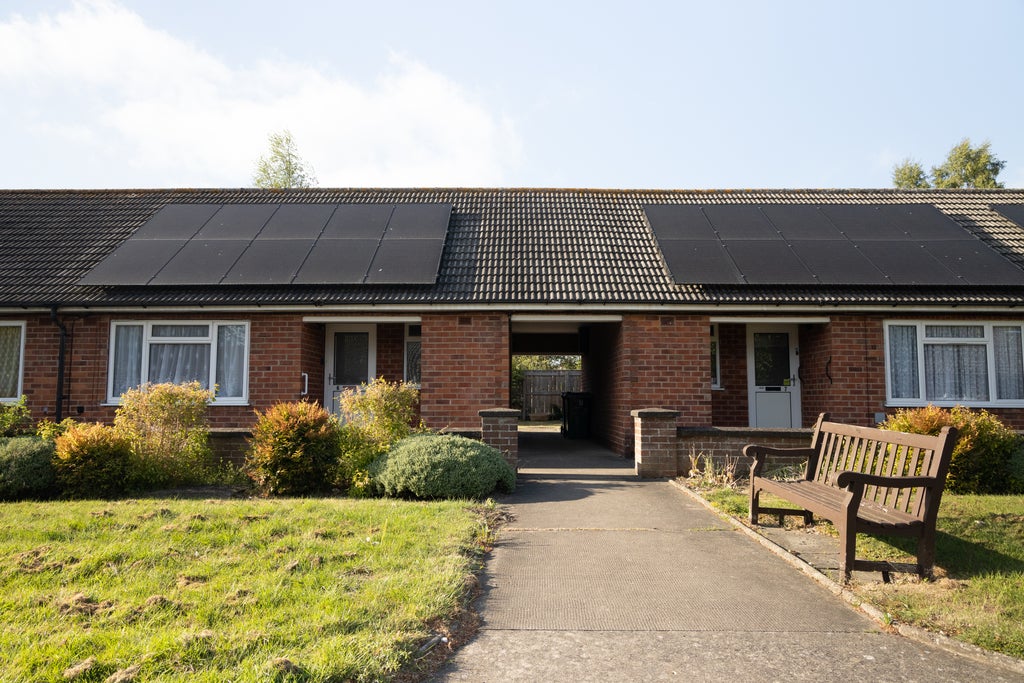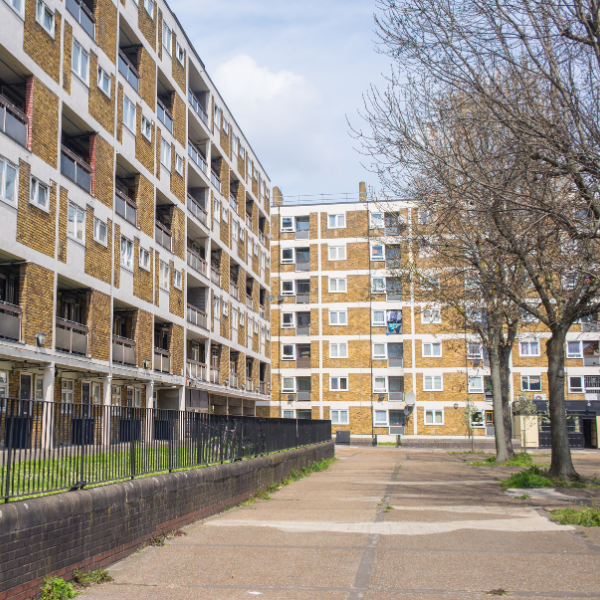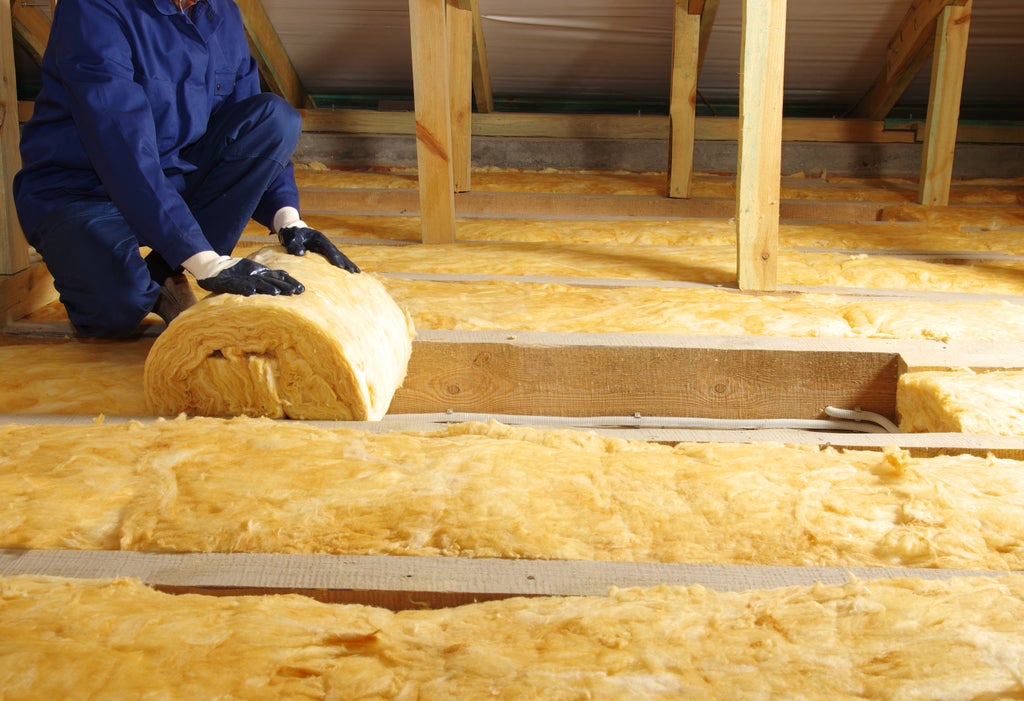The UK Government has recently consulted on the introduction of new Minimum Energy Efficiency Standards (MEES) in the private rented sector.
MEES is a key policy in delivering warm homes, as tenants lack agency and fuel poverty is most commonly found in homes in this tenure.
But the policy has a significant reliance on the smooth introduction of Energy Performance Certificate reform. The Government intends to deliver this in a way that finds equivalence between old and new methods.
Our research shows how challenging this mapping is and it changed our minds on what the MEES should require...

Our goal
The government has recently consulted on the introduction of new Minimum Energy Efficiency Standards in the private rented sector.
Concurrent reform to the Energy Performance Certificate (EPC) will introduce a change from today's single energy efficiency rating (cost) to multiple metrics, most likely to be FEES (fabric performance) and metrics related to cost, heating system sustainability and smart readiness.
The government’s preferred approach to a new minimum standard is to require homes in the private rental sector meet a fabric performance metric standard and a secondary standard set against either the smart readiness metric or heating system metric, with landlord discretion on which secondary metric their property meets.
Our initial preference was for simplicity and a measure of fabric performance as a single metric that is easily communicated, straightforward to assess, and an auditable evidence base.
But while the government has stated its intent to find equivalence between fabric and the existing metric, we know from extensive work with social housing providers over the past 15 years how nuanced the achievement of EPC Band C can be. And therefore a change in the key EPC metric will mean some homes find it easier, and some harder, to achieve the target.
With that in mind we’ve set out to understand the relationship between fabric performance and the SAP cost-based metric, along with the relative “winners” and “losers” from a change in metrics, and subsequent implications for delivery of the policy goal.

Our research
To understand the implications of a change in the metric, Cotality has assessed the relationship between the current cost-based SAP ratings and two potential measures of fabric performance:
- Space heating requirement in kWh/m²/year, as proposed in the consultation on Energy Performance of Buildings Reform
- The W/m2 K measure of SAP dwelling heat loss used by Government in its Options Assessment.
The detail is set out in the research paper linked below but, in summary, Cotality tested these measures of fabric performance across the English Housing Survey dataset.
In both cases we found a significant overlap between current EPC Bands in terms of fabric performance.
Our analysis
This means that whatever the government sets as a fabric performance standard, some homes currently in a lower Band may find they meet the Standard while some currently in a higher Band may find they fail.
- Set a robust target and some landlords may find themselves facing unexpected works, where they had thought their home(s) would meet the standard as originally proposed. This is most likely to affect landlords who have one or more home(s) that have solar PV or very efficient heating in an older, perhaps solid-walled home.
- Set a target that avoids such unexpected works, and the Standard may not deliver on its original aim to address fuel poverty, as homes currently rated D-G may meet the standard based on fabric performance while still having inefficient heating systems.
Our view is that standards are welcome, they have been signalled for many years, and will help deliver healthier homes in a way that benefits both tenants and our environment.
But our latest analysis has raised concerns.
While we will continue to make the case for simplicity and ease of communication, two findings have challenged our view that there should be a single metric driving Minimum Energy Efficiency Standards.
- Newer, insulated homes with expensive to run heating are more likely to pass a fabric standard than achieve the current cost-based SAP C Band. The policy of Minimum Energy Efficiency Standards is rooted in a desire to address fuel poverty. We would not want to see this intent lost, but there is a risk if heating systems are not considered alongside fabric performance.
- Older homes that have achieved SAP C through solar PV, lighting and efficient heating are more likely to find they drop below SAP C with a change to a fabric-focused metric. Minimum Energy Efficiency Standards should be a catalyst for efficiency across fabric and heating, and not penalize those who have moved early. This will become even more important with the extension to social housing, where substantial investment has taken place, with Government funding, to improve homes to SAP C.
In the absence of another signal to homeowners and landlords of the necessity to decarbonise and improve the efficiency of heating systems, a heating system metric - with a focus on efficiency - is therefore required as a secondary metric in the private rental sector. Where no further fabric improvement is feasible due to exemptions the landlord should be able to achieve the standard through an efficient heating system.
The government is also considering a smart readiness metric. This would not deliver such obvious and direct benefits to tenants, and would add complexity to developing and communicating the incoming Standard.
Cotality is keen that the Standard remains focussed on the delivery of lower bills and delivering on that social value, despite moving from a cost-based metric. Our analysis shows fabric performance is not sufficient by itself, but the inclusion of a heating efficiency measure as supporting metric could both limit the likelihood of unexpected winners and losers, and support the reduction of bills across more homes.




